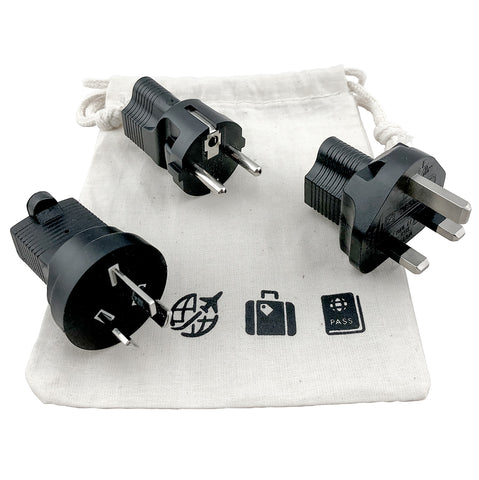Charging Electric Vehicles at Home
As a California based company, the sight of new and innovative electric cars zooming by in the carpool lane is becoming an increasingly common sight. From the Volt, the Leaf and the Model S, Californians and West Coasters alike seem to be seeing the benefits of using hybrid, all electric or zero emission vehicles. Not only are the Federal and State tax incentives a draw for money conscious commuters, but the long term benefits of using such a vehicle can save time, money and be less impactful on our environment. Here is your simple guide to navigating the ins and outs of what it takes to charge your newly purchased electric vehicle.
The life line of the electric vehicle is its ability to charge its battery while parked, whether that be at home or at the office. As more charging stations pop up around the State, the accessibility and convenience of charging your car outside the home has become a simple formality (American EV Charging Stations). But, an issue has arisen for those who seek the same electrical output of a public charger in the comfort of their own home. Charging stations outside the home have the added advantage of being able to use a higher voltage and draw at a higher amperage. What this results in, of course, is shorter charging times.
In a home, most drivers are given the choice to have a specialist install an “in-home” charging station which can cost thousands of dollars and be a permanent fixture in the garage. The solution to this is the “mobile connector.” Unfortunately, most of these connectors use the standard 120V, 3 prong outlet that are commonly found throughout the home. The low voltage and amperage translates to long hours (some even requiring more than 20 hours based on how big the battery is) needed to fully recharge a drained battery.
Here at SIGNAL+POWER, we would like to clear the air on what makes the most sense to charging a PEV (Plug-in Electric Vehicle) without the high cost of installing a permanent dedicated in-home charging station. Appliances like dryers or welding outlets provide the perfect answer to shortening charging times at home. These utility outlets work at a higher voltage (~208V, ~220V or ~240V) and amperage (~30a, ~40A or ~50A) and also work more efficiently than the standard 15A 120V outlet. Plugging your PEV into one would drastically decrease the charging time.
Note: We offer a wide range of Electric Vehicle Charging Cables that will allow you to charge your Electric Vehicle with a pre-existing outlet.
The infrastructure to support a higher power wire, in most cases, already exists in the home or can easily be added by a licensed electrician. Companies like EVSE Upgrade not only make the portability of EV cords practical, but also affordable to the everyday EV driver. It is also important to note that as the technology improves for electric vehicles, so will the demand for convenient mobility. The in-home charging station will be seen as a relic of the early EV days.






